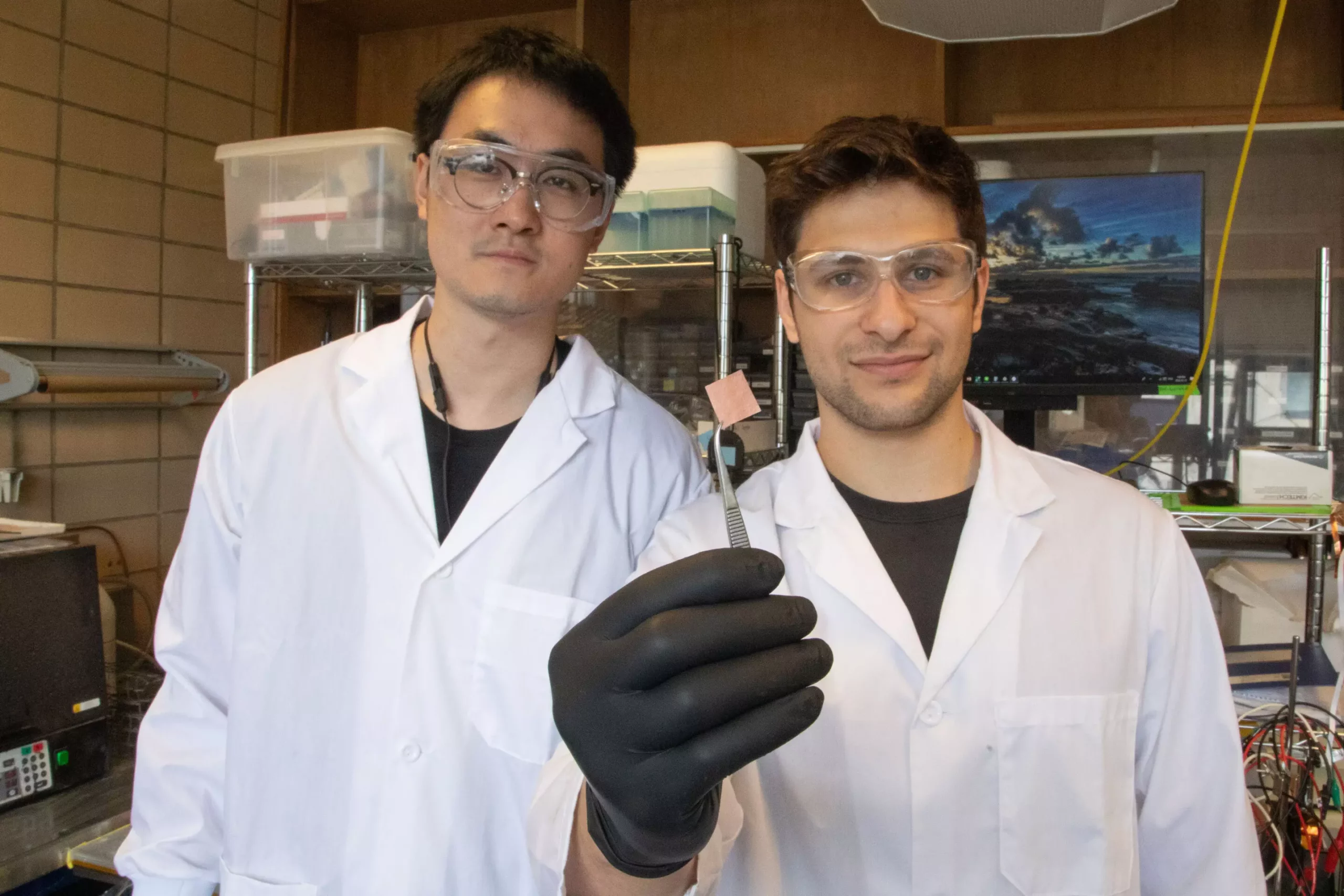The University of Toronto Engineering researchers have developed a new catalyst that shows great promise in efficiently converting captured carbon into valuable products. This breakthrough is a significant advancement in the quest for more economically favorable techniques for carbon capture and storage, especially in industries that are harder to decarbonize such as steel and cement manufacturing. Professor David Sinton, the senior author of the paper describing the new catalyst, emphasizes the need for cost-effective ways to capture and upgrade carbon in waste streams to support these sectors of the economy.
The Role of Electrolyzers in Carbon Conversion
Sinton and his team utilize electrolyzers to convert CO2 and electricity into carbon-based molecules like ethylene and ethanol. These molecules have various applications, including being sold as fuels or used as chemical feedstocks. The conversion reaction occurs at the surface of a solid catalyst within the electrolyzer, where CO2 gas, electrons, and a water-based liquid electrolyte interact. The catalyst, typically made of copper, enhances the reaction rate and minimizes the production of unwanted byproducts like hydrogen gas, which can reduce overall efficiency.
The Challenge of Impurities in Carbon Conversion
One of the major challenges in converting carbon is the presence of impurities in the feed, which can significantly degrade the performance of catalysts. Sulfur oxides such as SO2 are particularly problematic as they poison the catalyst by binding to the surface, reducing the catalytic sites available for CO2 conversion and leading to the formation of unwanted chemicals. While methods exist to remove impurities from CO2-rich streams before feeding them into electrolyzers, these approaches are time-consuming, energy-intensive, and costly. Even low concentrations of impurities like SO2 can rapidly compromise catalyst efficiency, posing a considerable obstacle to efficient carbon conversion.
The research team sought to address the issue of impurities by designing a more resilient catalyst that could withstand the presence of SO2. By introducing two key modifications to a typical copper-based catalyst, they achieved remarkable results. First, they added a thin layer of polyteterafluoroethylene (Teflon), a non-stick material that alters the surface chemistry of the catalyst, inhibiting SO2 poisoning. Second, they incorporated a layer of Nafion, an electrically-conductive polymer with hydrophilic and hydrophobic properties that prevent SO2 from reaching the catalyst surface. This innovative catalyst demonstrated excellent performance even when exposed to a mix of CO2 and SO2 typical of industrial waste streams.
The new catalyst exhibited a Faraday efficiency of 50%, maintaining this level of performance for an impressive 150 hours under challenging conditions. While there are catalysts with higher initial efficiencies, the ability of the new catalyst to resist SO2 poisoning sets it apart. The team’s approach, which does not alter the catalyst’s composition, holds promise for widespread application across different high-performing catalysts. Future research will focus on addressing other impurities in waste streams, such as nitrogen oxides and oxygen, to further enhance the resilience and efficiency of carbon conversion processes. The success of this work challenges the conventional wisdom that impurities must be removed before upgrading CO2, opening up new possibilities for more effective and cost-efficient carbon capture and storage technologies.


Leave a Reply